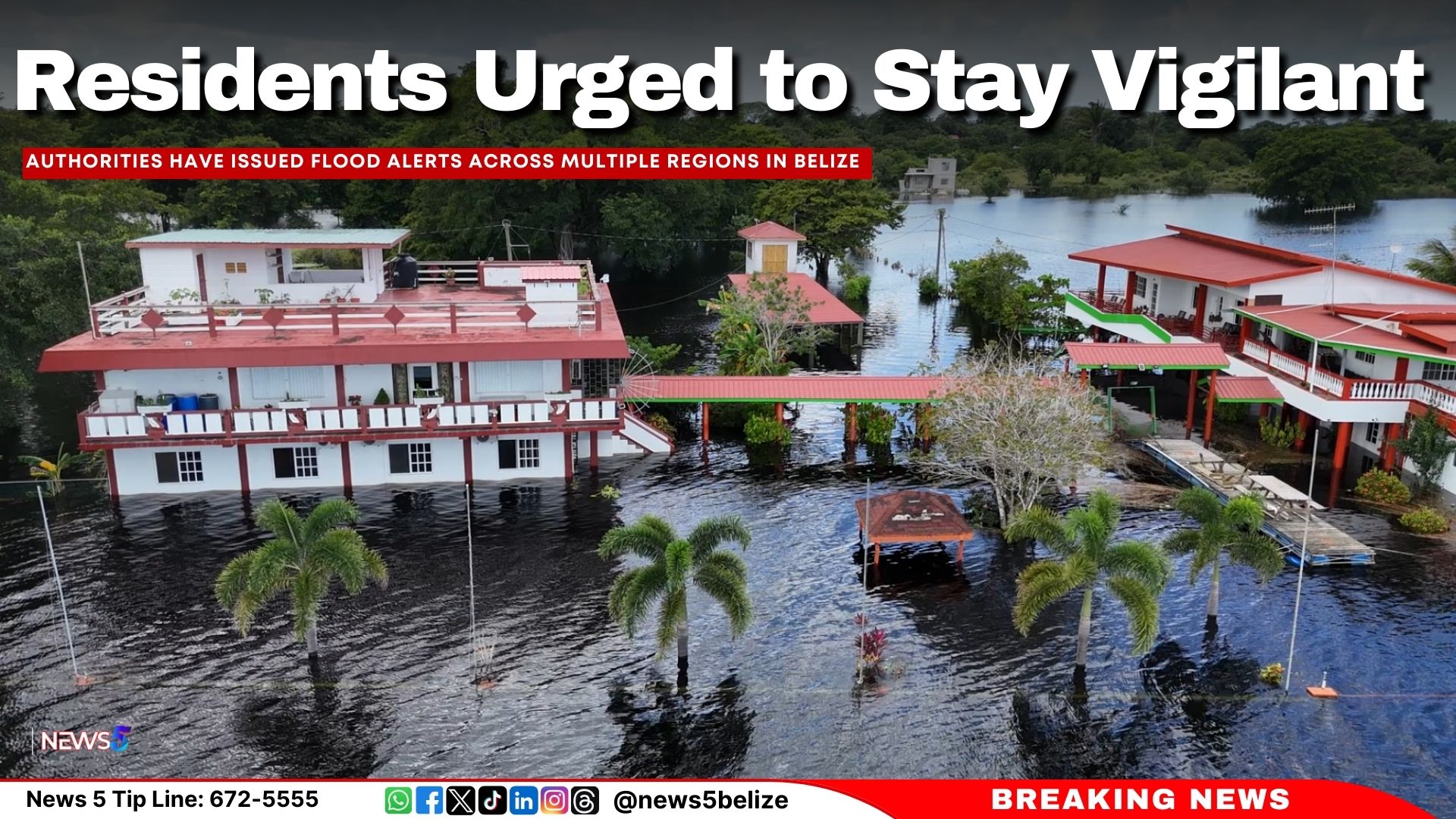Authorities have issued flood alerts across multiple regions in Belize, advising residents to monitor waterways closely and exercise caution as water levels fluctuate.
Residents in Region 7 are cautioned to be vigilant, especially near waterways. On the Rio Hondo, decreasing flood stage levels are anticipated at Blue Creek North, while increasing flood levels are expected at Santa Cruz, San Antonio, San Roman, and Douglas to the coast. Along the New River, bankfull stage levels are forecasted at Hill Bank, Tower Hill, and Caledonia to the coast.
In Region 9, extreme caution is advised as flood stage levels continue along the Mopan River at Benque Viejo Town. On the Macal River, reservoir spillways at Chalillo, Mollejon, and Vaca remain active, though water levels at San Ignacio are expected to stay below the low-lying bridge. The Belize River is experiencing varying trends, with flood levels decreasing at More Tomorrow but increasing at Double Run, where levels are nearing historical Tropical Depression 16 (TD16) marks. At Crooked Tree Lagoon, water levels have surpassed the causeway and continue to rise.
Region 11 residents should remain alert as above-normal water levels are reported at Freetown Sibun on the Sibun River and at Gales Point Village on the Southern Lagoon. On the eastern slopes of the Maya Mountains and the Sittee River near Kendal Bridge, above-normal levels are expected to persist. Meanwhile, below-normal levels are noted on the Monkey River branches at Swasey and Bladen, as well as the Deep River at Medina Bank.
Rising levels on the Rio Grande at San Pedro Columbia and Big Falls South are expected to decrease. However, above-normal levels persist on the Moho River at Blue Creek South and Jordan. The Temash River at Crique Sarco is experiencing below-normal levels.
On the Sarstoon River, above-normal levels continue to pose concerns.
Residents in affected areas are urged to monitor official updates and adhere to safety measures as authorities continue to assess the situation.
